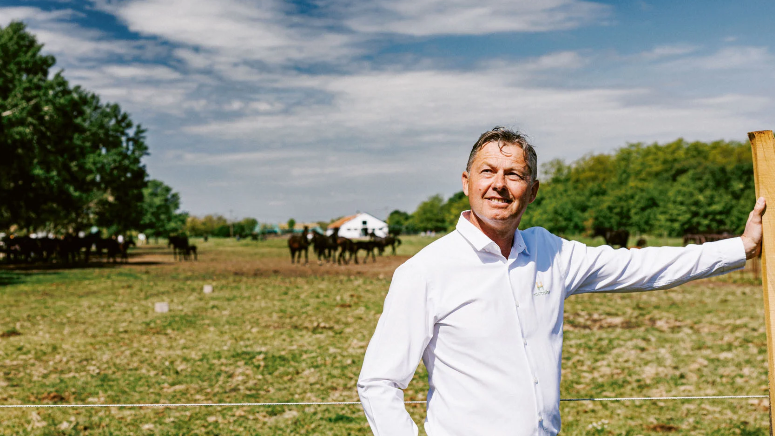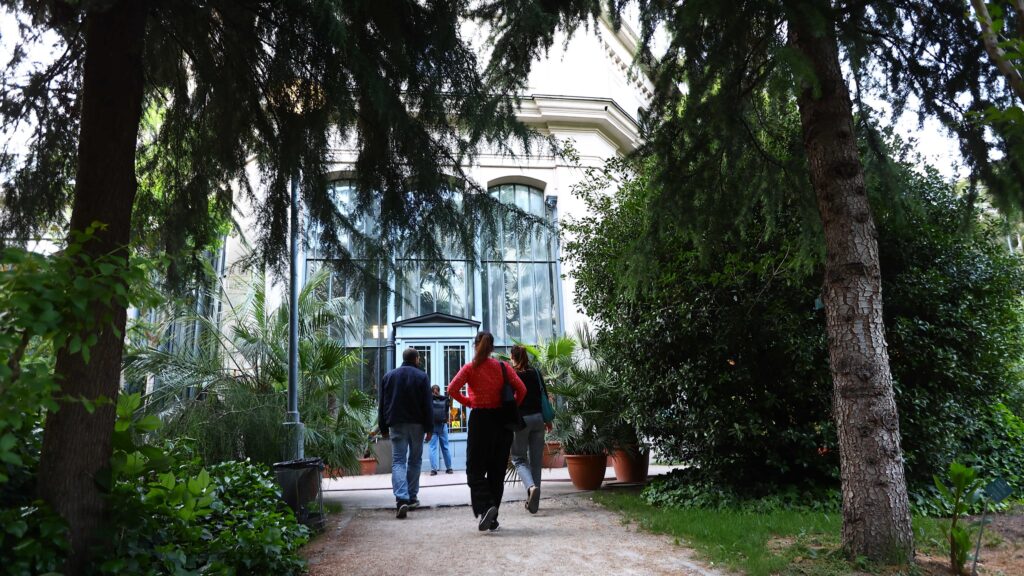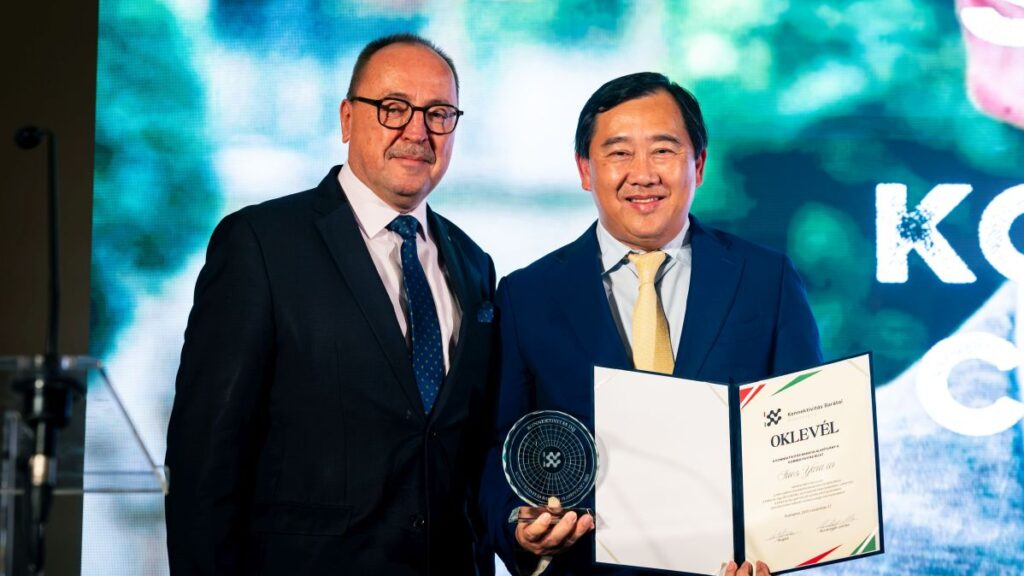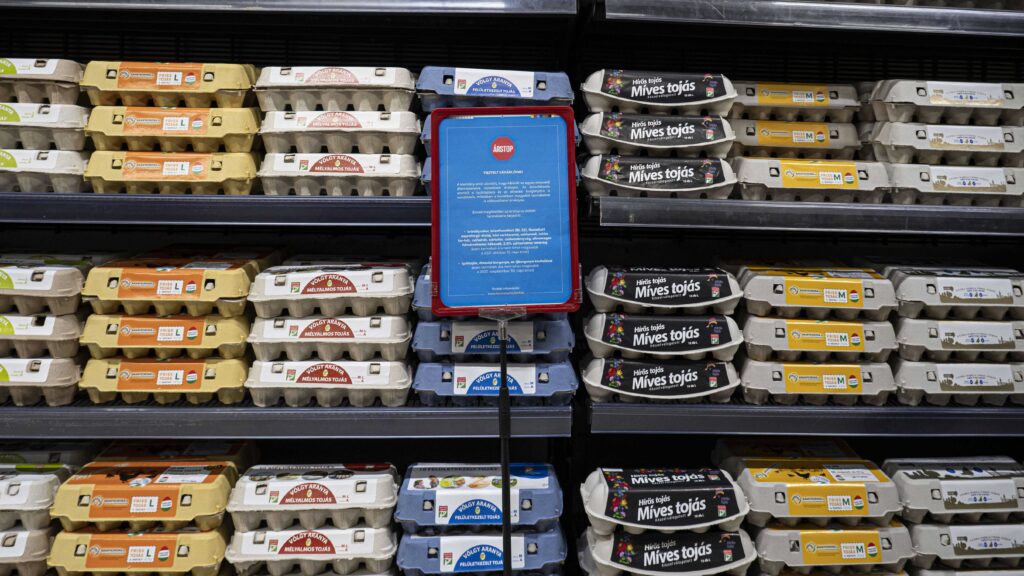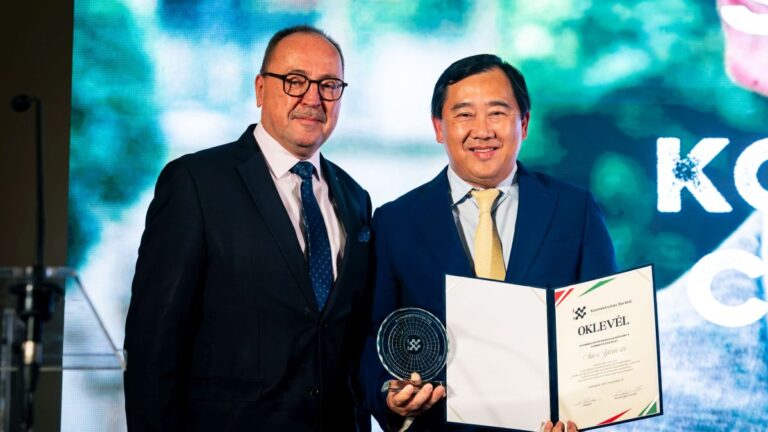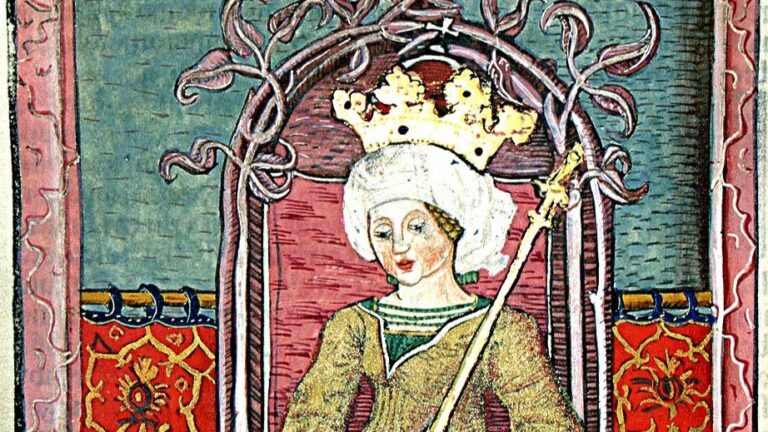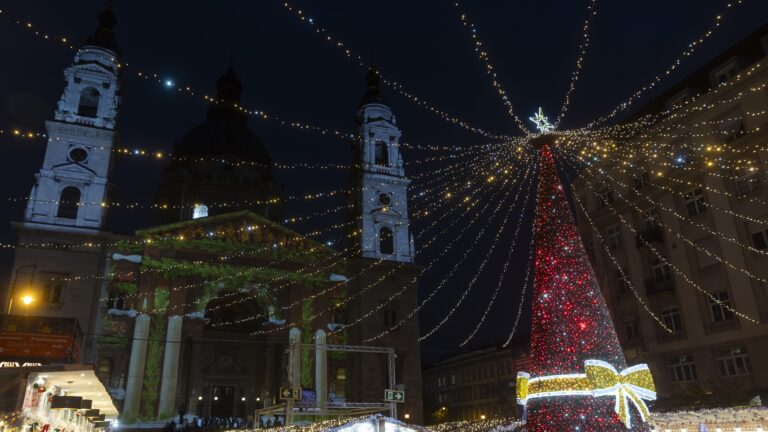The following is an adapted version of an article written by Mátyás Bíró, originally published in Hungarian in Magyar Krónika.
Although it only lasts a few seconds, putting out the horses to open pasture on St George’s Day at the Máta Stud Farm is an exceptional sight. When the ground trembles from the horses’ hooves and the crack of the herdsmen’s whips carries far and wide… Magyar Krónika visited the stud farm, one of our national treasures, on the day of the parade.
After graduating from university, Sándor Boros worked at the Arab stud farm of the Bábolna National Stud Farm, then at the Debrecen Equestrian Academy from 1999, and in 2020 he became the manager of the Máta Stud Farm in Hortobágy.
***
Imagining Hortobágy without the sight of the stud farm and the herdsmen feels almost impossible. How far back does the history of the stud go?
Its beginnings date back to 1671. At that time, the city of Debrecen, the owner of the land, granted permission for the town and local farmers to graze their horses here. Organized horse breeding began in the early 1800s, when, again by city council decree, Nonius stallions and then mares were brought from Mezőhegyes, marking the start of breeding for this breed. This took place in several stages throughout the 19th century. From this point on, the stud farm entered a period of growth, which culminated in 1900 when a Nonius horse from Hortobágy was named the world’s most ideal horse at the Paris World’s Fair. This, of course, boosted the breeding potential of the breed. A modern stud farm was then built in Kungyörgy, and later, the stud was relocated to Ohat. Finally, in 1941, after the central stable was constructed, it was moved to the plain of Máta.
The founder of the breed, Nonius Senior, was captured by Hungarian hussars during the war against Napoleon, which is how he ended up in Mezőhegyes.
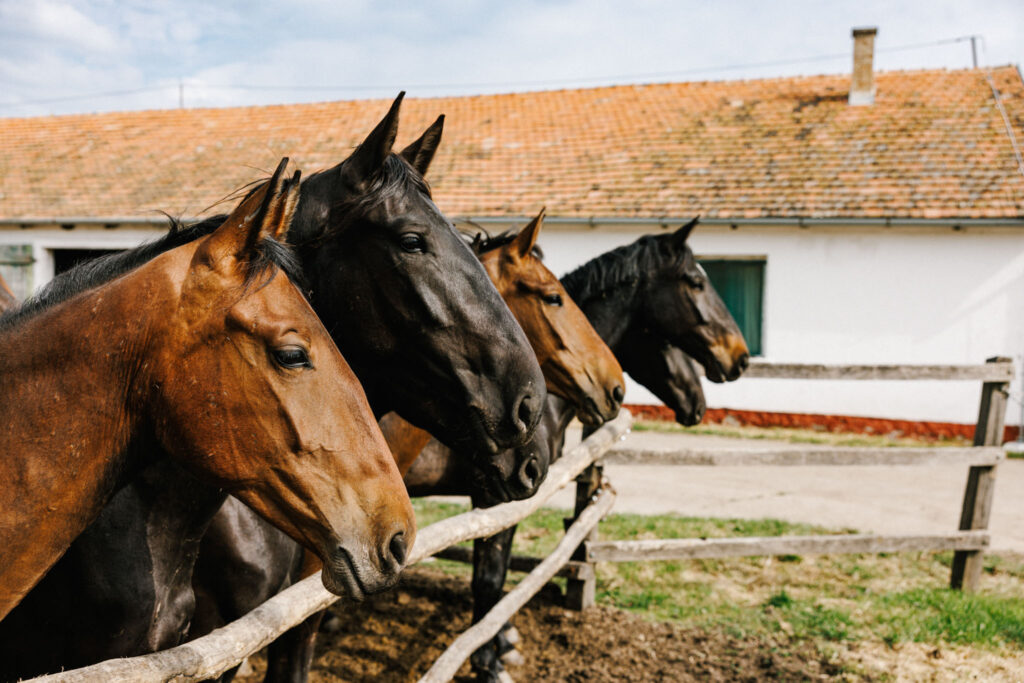
How badly were the stud farms affected by the trials and tribulations of the 20th century?
During the wars, as they were an integral part of military technology, a great many valuable horses were taken abroad as spoils of war, including to Romania. Fortunately, their value was recognized, and they were kept and bred in a closed stud farm in Őszény. Attempts were made to regenerate and strengthen the depleted stock that remained in Hungary.
Was the stud farm placed under the wing of the Hortobágy State Farm after World War II?
That’s right. At the Hortobágy State Farm, mechanization was already in full swing, so the breed was in search of a new path. With the large-scale involvement of English thoroughbreds, they sought to find a new path for them in sports, which proved quite successful, as they were able to breed several Olympic horses through this programme.
What would you highlight from the 20 years since Hortobágy Nature Conservation and Gene Preservation Nonprofit Ltd became the maintainer of the stud farm?
Over the past two decades, tourism has grown significantly, and we are striving to maintain it. The goal is to showcase the pastoral culture of Hortobágy, Hortobágy itself, and, of course, the stud farm, as well as other grazing animal species.
Is the preservation of the Nonius breed, declared a national treasure in 2004, your most important task?
We have two main missions. One is nature conservation and grazing animal husbandry, which is an integral part of maintaining the plain. Not only the Nonius horses, but also the Racka sheep, grey cattle, and buffalo contribute to this. The other is to preserve this native, centuries-old genetic treasure by finding a role for the breed in today’s world. This is one of the basic conditions for its survival.
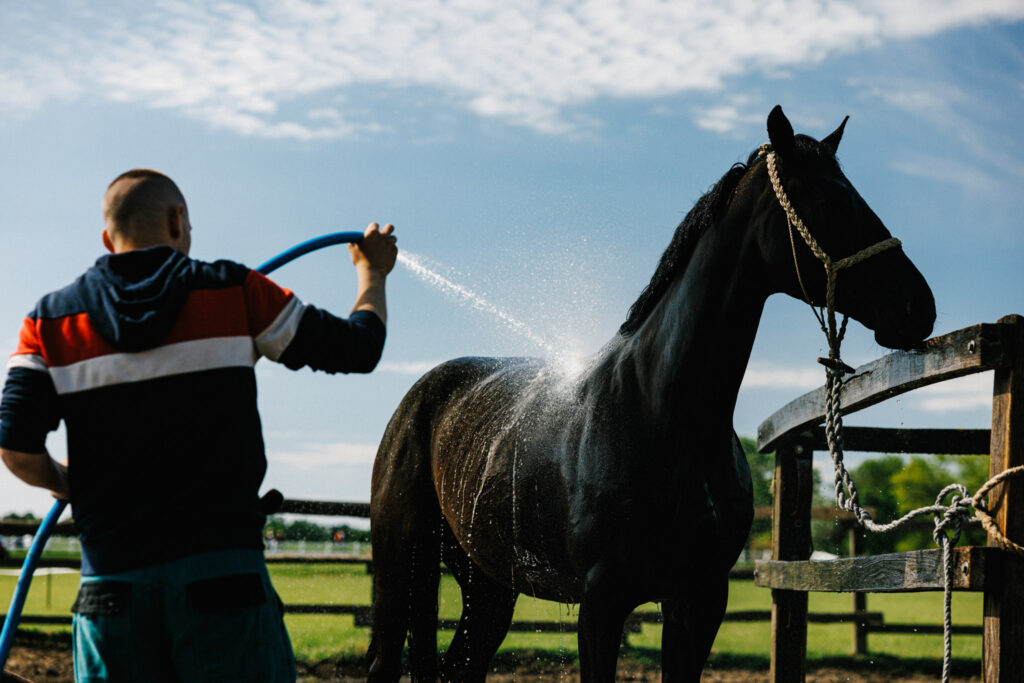
What are the breed characteristics that can be relied upon?
The Nonius has always been a people-friendly, working horse, which is its greatest asset and why it is still so popular today. It was primarily kept for carriage and pack horse use, but it also performs well under saddle, making it popular for sports and as a family horse. Law enforcement agencies and the military also like to use this breed, as this was its original breeding purpose and is most evident in its genetics. Among others, the riot police usually buy horses from us, and many Nonius horses are also sold to the police and border guard agencies in Denmark and the Netherlands.
‘The other [mission] is to preserve this native, centuries-old genetic treasure by finding a role for the breed in today’s world. This is one of the basic conditions for its survival’
Can visitors eager to learn more come here all year round?
We strive to ensure that lovers of Hortobágy always have a reason to visit us. The year begins at the end of February with an open stables weekend, by which time a few foals will have been born. After that, we usually organize carriage driving competitions and children’s show jumping competitions. This is usually followed by the regional driving license exam and competition, then the St George’s Day ceremony of putting out the horses to open pasture, when we receive the grazing permit from the national park. In May, there is a goulash competition; in June, a big show jumping competition; and in the middle of summer, we hold the Hortobágy Horse Days, where, among many other things, carriage driving and horse stunt shows dazzle the guests. In addition, there are continuous show jumping competitions and family weekends, and the autumn ceremony of driving the stud back is a beautiful end to the year. In order to organize these programmes, which attract tens of thousands of guests annually, in addition to our main tasks, we employ 163 people.
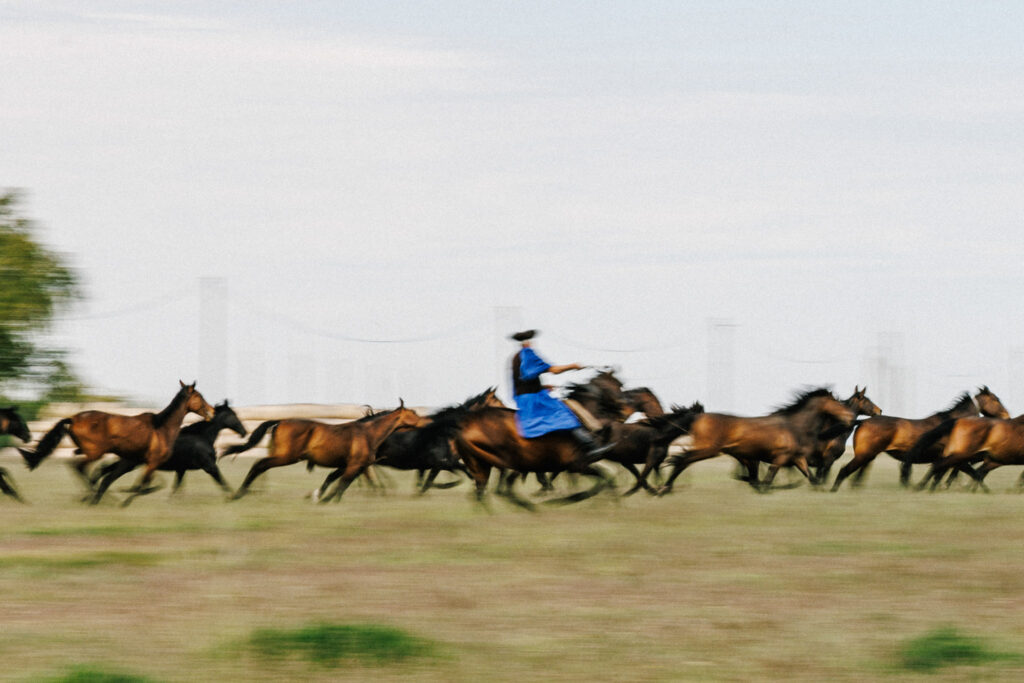
Is working at a stud farm attractive today?
The shortage of skilled workers is an issue everywhere, but fortunately, young people here see such good prospects in this profession that the generational change is progressing promisingly. It is important that older people pass on the knowledge they themselves acquired from their predecessors. Everything in this field is still done the same way as it used to be: a junior clerk or assistant herdsman joins an experienced herdsman and learns the trade alongside them.
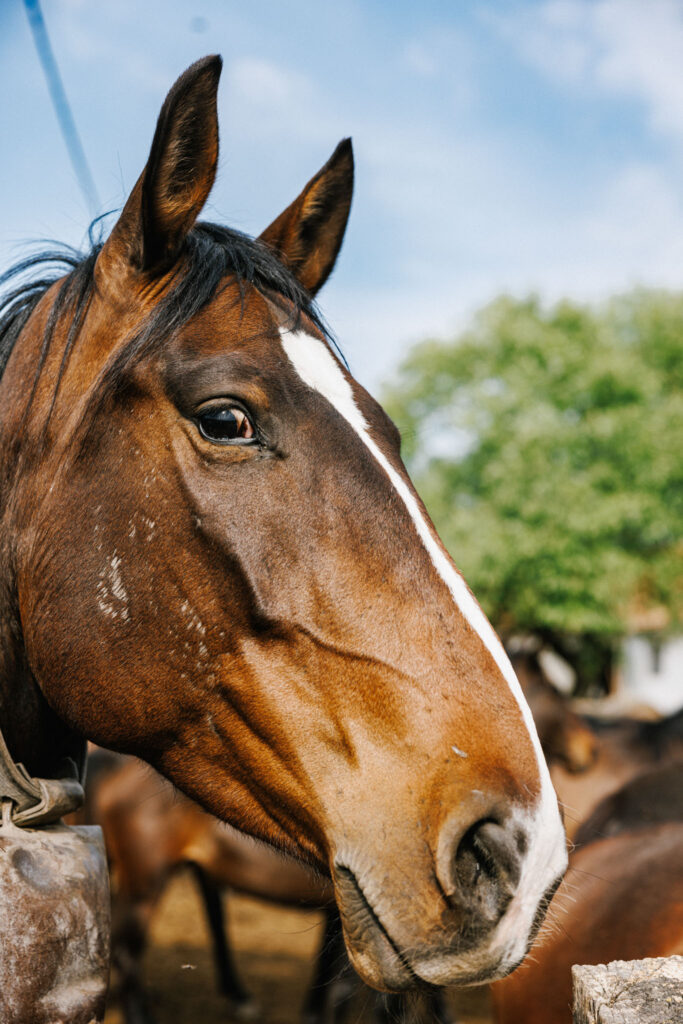
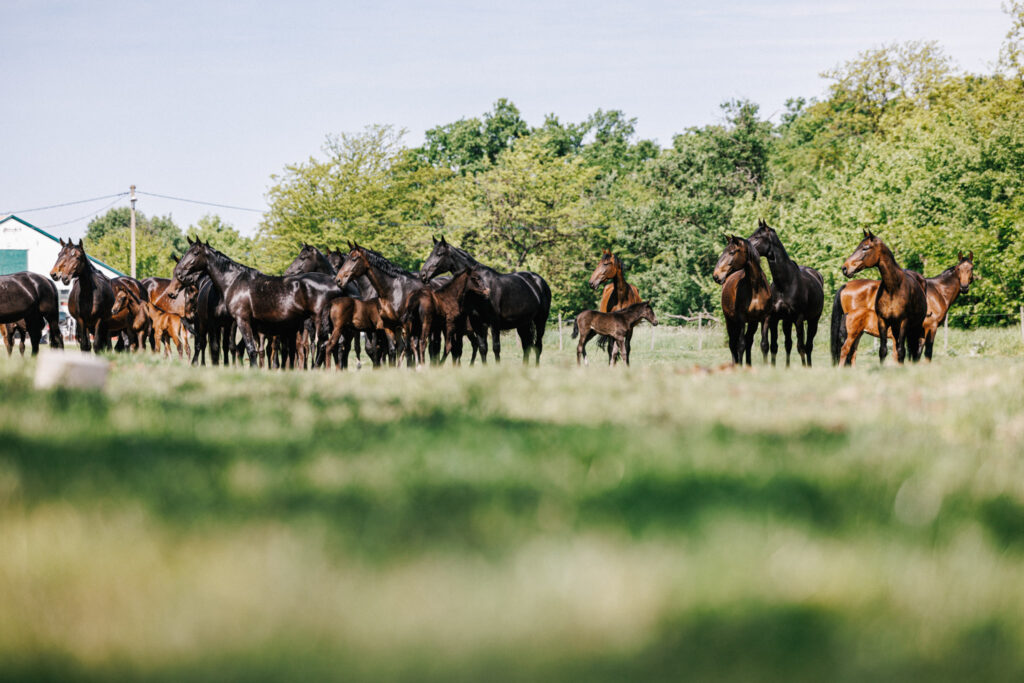
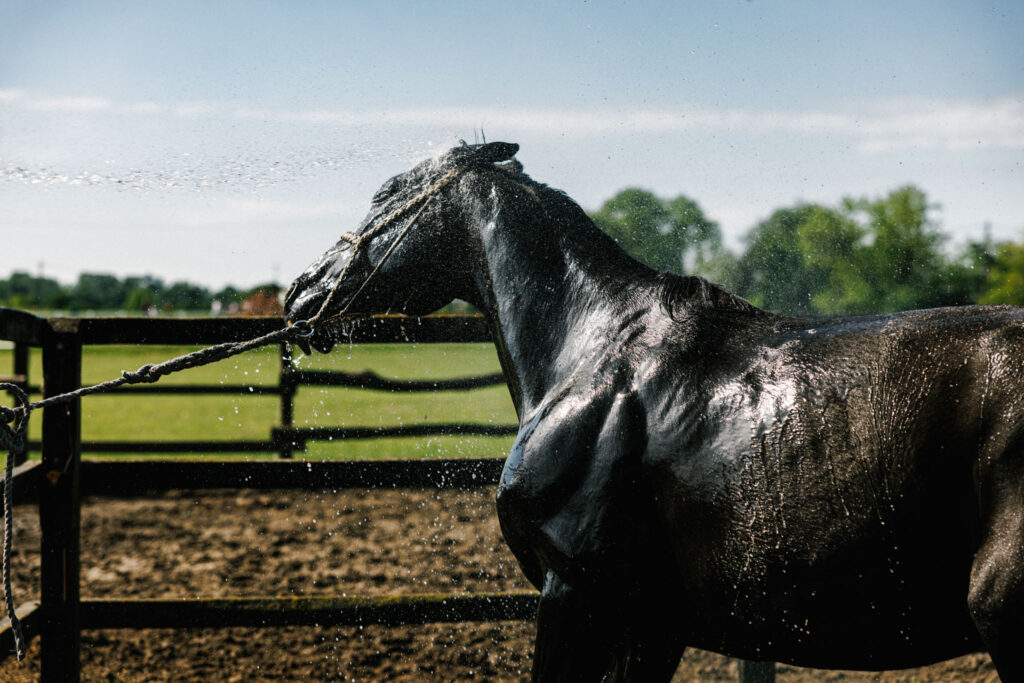
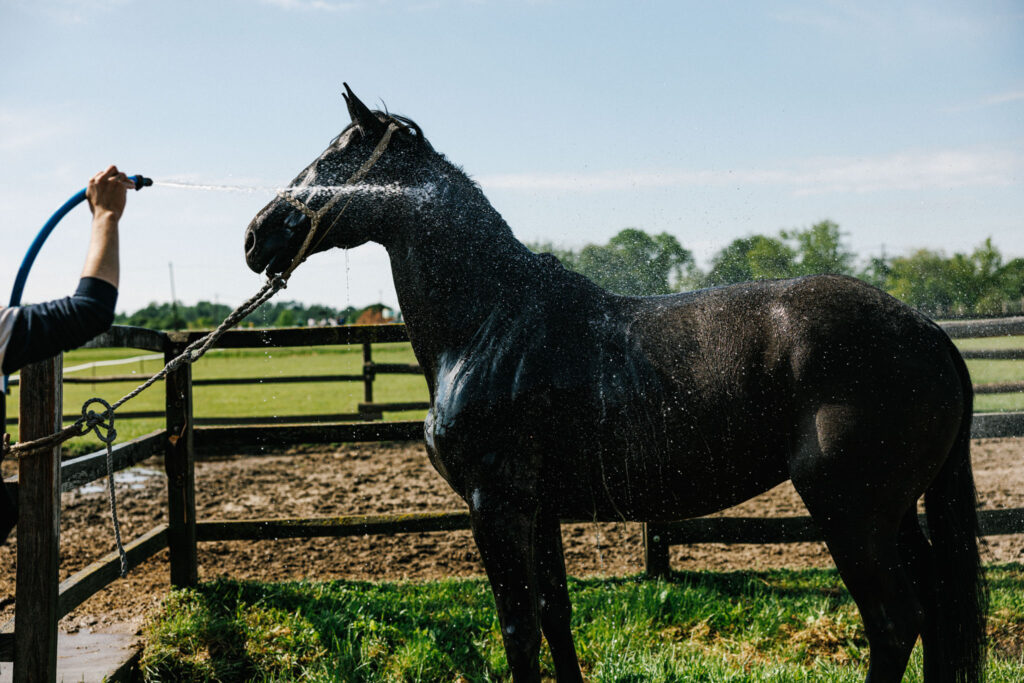
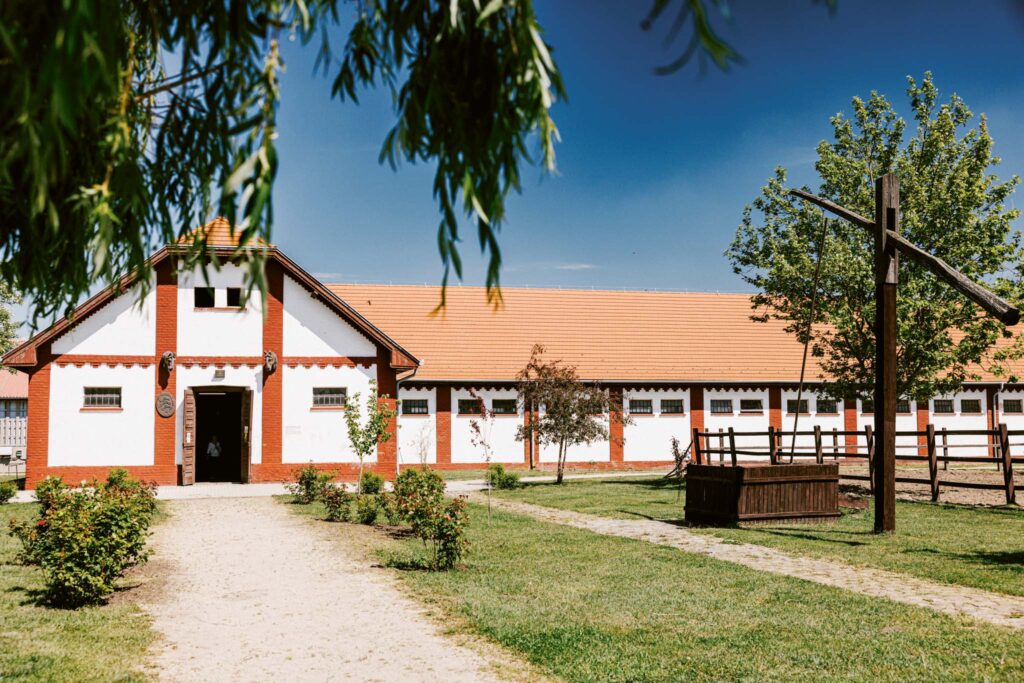
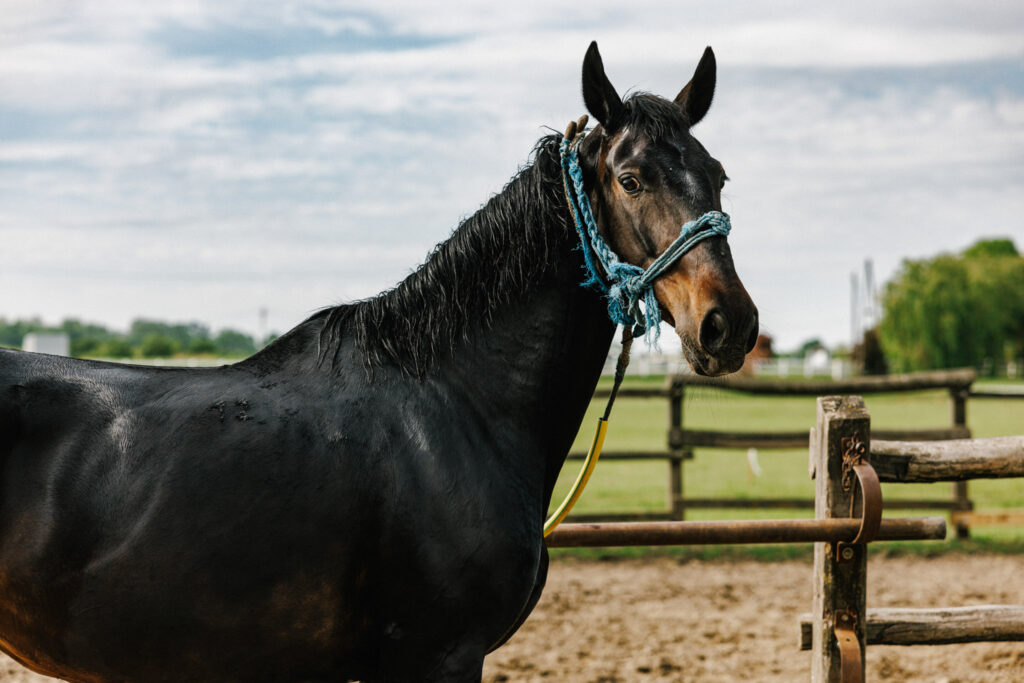
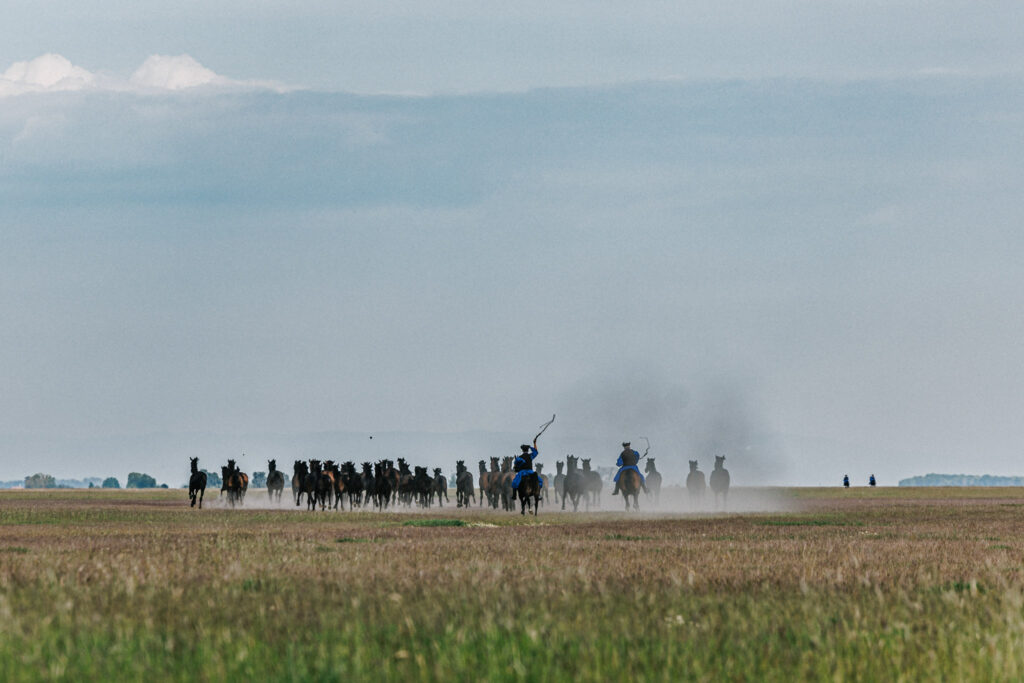
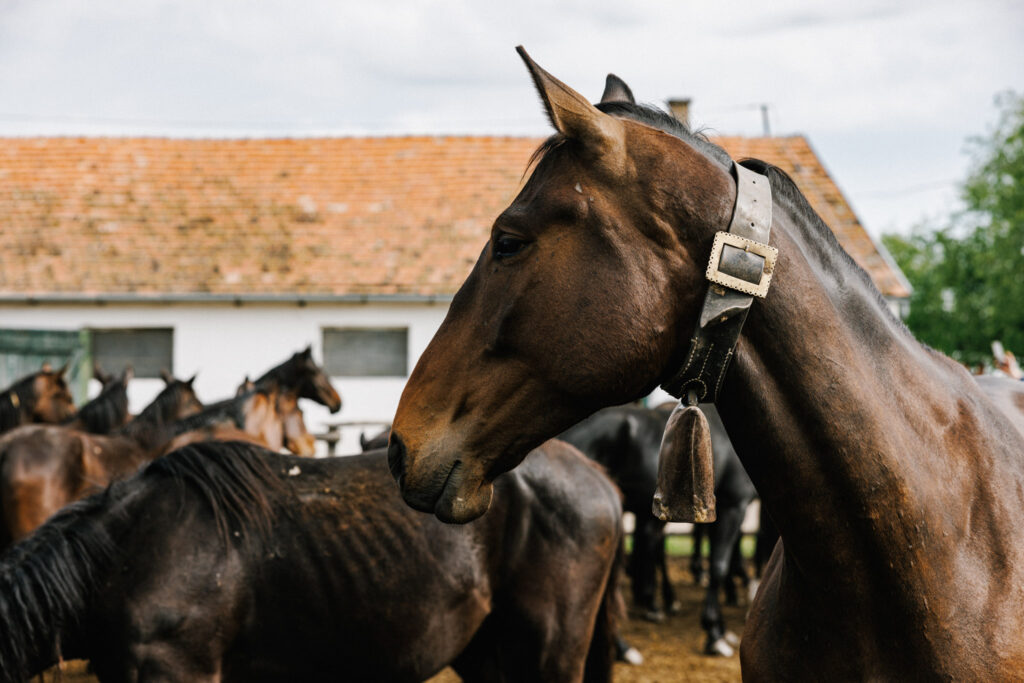
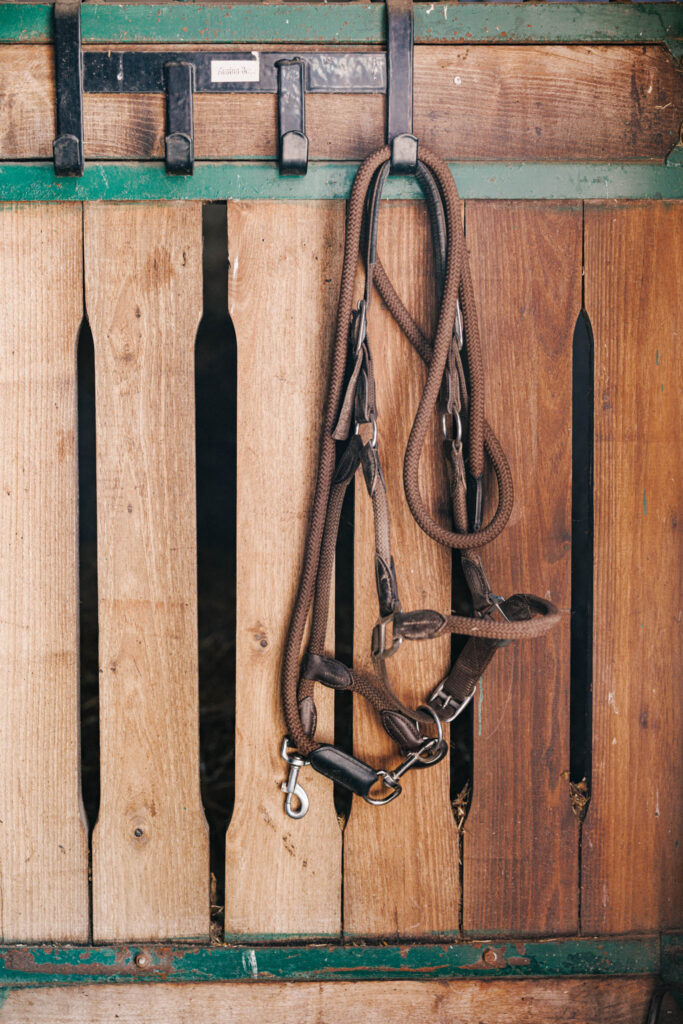
Managing this stud farm is much more than just a job.
A horseman cannot consider their occupation to be work. It is a service, a vocation that we are happy to perform, and we are fortunate to be able to do so. But of course, there are strict expectations, primarily of ourselves, to be of benefit to horse breeding and the equestrian community, as our predecessors have set a standard that we want to live up to and remain worthy of. This is a sweet burden for us. We have to work hard for results; it is not easy, and it takes a long time to achieve success. And, of course, the high professional standards and dedication of all the employees of the non-profit company are essential for this. It requires constant readiness and dedication, day after day, so anyone who doesn’t really love it would find it difficult. We have to feel the weight of what we do. In the long chain of the stud farm’s history, we cannot be weak links.
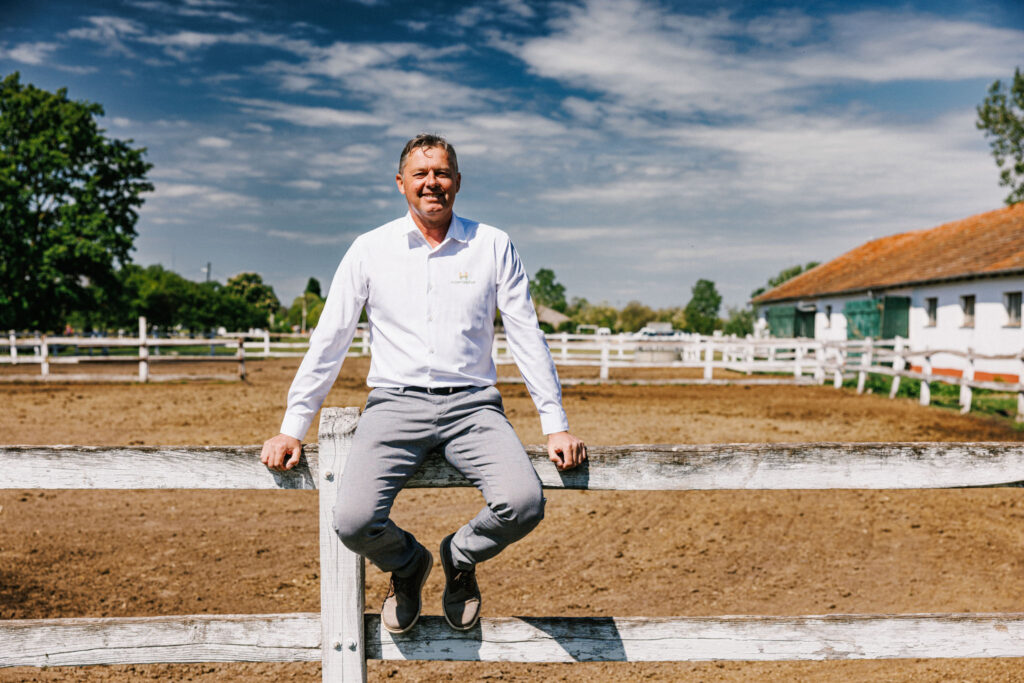
All the photos in this article are by Árpád Földházi.
Related articles:
Click here to read the original article.

